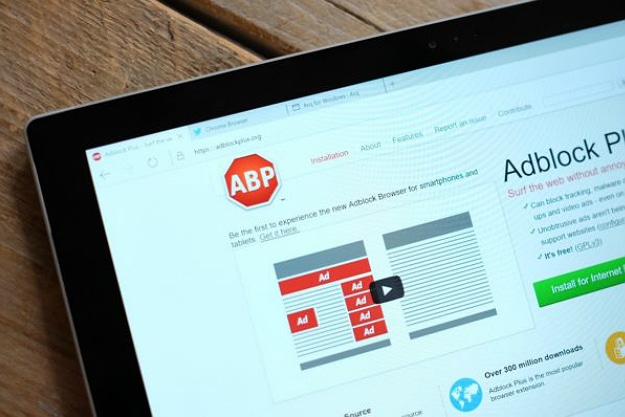Digital ads have been a reliable source of revenue for high-traffic websites and a lucrative opportunity for advertisers since the early days of the internet. But there’s one big problem that’s always interfered with the success of these digital ads: ad blockers.
Ad blockers, like the appropriately named AdBlock, usually operate as plugins for various internet browsers and automatically block ads from appearing to give users more direct, less cluttered access to their favorite websites (with faster downloads and less burdened bandwidth as well). Obviously, this limits the effectiveness of ads and narrows the pool of prospective consumers for advertisers to choose from, but ad blockers could be sparking growth in the advertising industry, rather than decline.
The Banner Ad Crunch
AdBlock alone has been installed more than 80 million times, and it’s trying to get a presence on even more users’ internet browsers. The most common type of ad blocked by this type of plugin is a display ad, or banner ad, which has driven down both the cost and effectiveness of this type of advertising. However, this hasn’t appeared to stop advertisers; according to Single Grain, advertising revenue in the digital space is projected to rise, surpassing TV ad spend by 2018. So how are advertisers getting around this hurdle?
Alternative Options
Rather than scaring away advertisers, ad blockers are simply inspiring them to think in new ways. Advertisers must find ways to increase their brand visibility and increase consumer purchases, without being intrusive or disruptive.
Accordingly, the following advertising strategies are rising in popularity and importance:
- Inbound Marketing – Inbound marketing is a collective term that refers to strategies designed to attract people to your site naturally. Rather than putting advertising in front of someone (which qualifies as “outbound marketing”), you’ll create content that people want to find, such as tutorials, guides, and other high-value material. You can do this on your blog, through social media, or through guest posts on offsite publishers—as long as you eventually lead people back to your site. Though not strictly advertising, it’s considered one of the most cost-efficient marketing strategies out there, and because users actually want to see this content, you won’t have to worry about ad blockers.
- Native Advertising – Native advertising is closer in nature to traditional advertising, but it’s less intrusive. The goal here is to make an ad that “blends in” with a site’s natural provision of content. For example, if a news site lists all its articles in a vertical column to the left, one of those article slots might be replaced with a “sponsored story” that’s actually an ad, rather than a formal article. This, too, gets around ad blockers and is less annoying to readers than conventional banner ads or pop-ups. More publishers are adding “sponsored content” spaces to their usual lineups, so keep an eye out for these opportunities.
- Influencer Marketing – Influencer marketing, the art of promoting your content or brand through an established “influencer” in the social media sphere, is also gaining popularity. Approaches here vary; you might give an influencer a free sample of your product to have them write up a review, collaborate with them on a new piece of content, or even build a relationship with them to have them mention you and improve the visibility of your brand and content online. The only problem is that influencers are typically busy, and may not have time to work with you—at least not inexpensively.
- Network Diversification – Publishers are also looking for opportunities to diversify their networks, maximizing their ad revenue potential and hedging their bets against potential disruptions to the ad world. These include things like Facebook’s Instant Articles, which attract more invested readers and allow companies to direct-sell ads.
- Paywalls And Digital Subscriptions – Some publishers are forgoing the necessity of advertising entirely by finding an alternative route to generating revenue; they’re implementing “paywalls,” which force users to pay money in exchange for reading their onsite content. In some cases, this may be a dollar or less for a single article, and in other cases, this may warrant a full-blown digital subscription. In any case, paywall plugins like Pigeon Paywall are readily available and easy to customize, if you’re interested in generating revenue this way.
- Less Intrusive Ads – Of course, some advertisers are just trying to display traditional ads in less annoying, obtrusive ways, hoping they won’t trigger ad blockers. Some of these techniques include more thoughtful ad placement, more selective advertising opportunities, and better user targeting to promote higher relevance.
If you’re trying to make more of an impact with your advertising in 2017 and beyond, consider investing in these strategies. Ad blockers are only going to grow more popular over time, so the sooner you get ahead of the curve, the greater ROI you’ll see for your campaign.

COMMENTS